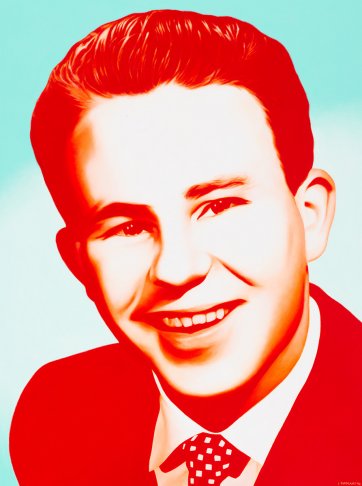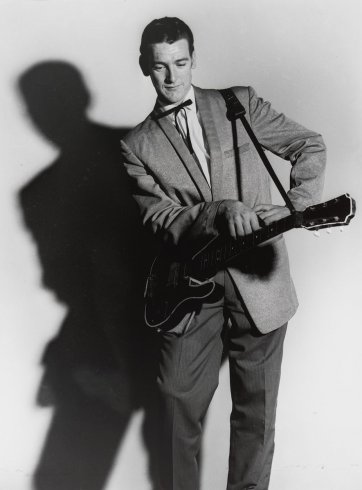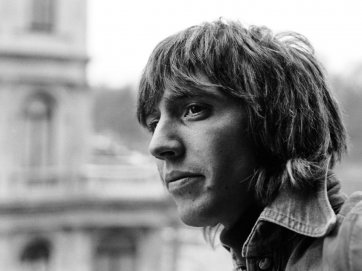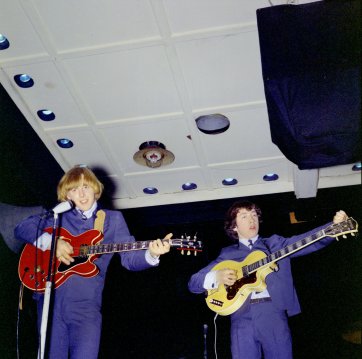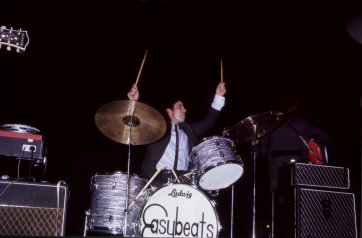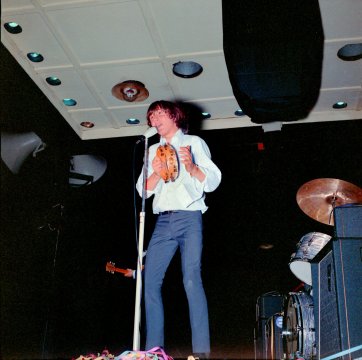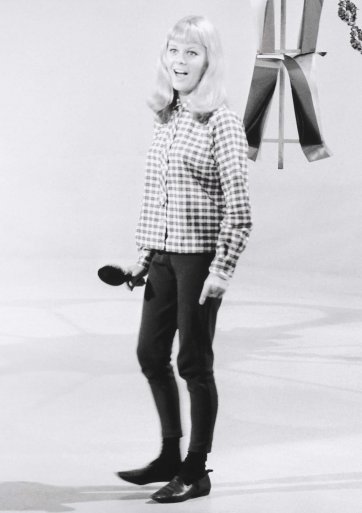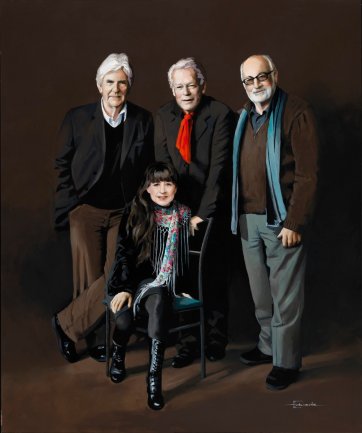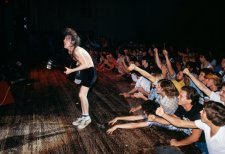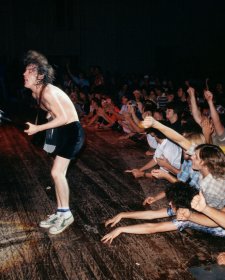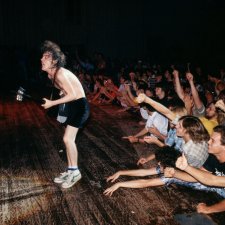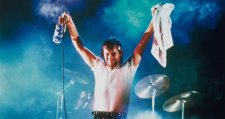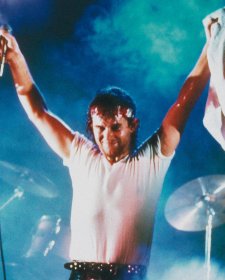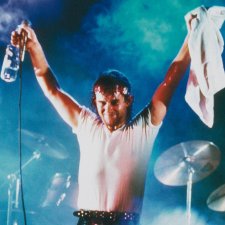Australia’s passion for rock ‘n roll was kindled by American and British acts in the 1950s and 60s. Elvis, Little Richard and Cliff Richard were among the names that got pulses racing, with the novel genre’s driving, licentious rhythms and voices capturing imaginations and libidos, not to mention aspiring young musicians. From the 1950s a number of hot home-grown acts emerged, garnering attention in live settings and on the local charts. Johnny O’Keefe and Col Joye were two who took up the local mantle, each producing hits in the 50s and 60s.
Post-war migration from Europe and the UK would have an indelible impact on the nascent scene. It brought new audiences and appetites, along with five pioneering spirits who would become Australian rock music legends. The Easybeats’ founding members – from England, Scotland and the Netherlands respectively – met at the Villawood Migrant Hostel in 1964. Their six years together produced fifteen Australian Top 40 hits, including the iconic ‘Friday On My Mind’, the first international rock hit by an Australian act.
Crossover influences were a feature of early rock in Australia, with the folk-rock stylings of The Seekers finding great popularity both locally and internationally. Little Pattie also made a splash with her surf-rock hits, including ‘He’s My Blonde-Headed Stompie Wompie Real Gone Surfer Boy’ (1963). As these bands developed, television played an increasing role, beaming the stars and their music into suburban Australia with programs such as Bandstand, which launched in 1958.
"A little bit louder now" taken from ‘Shout’. Written by O’Kelly Isley, Ronald Isley and Rudolph Isley. © EMI Longitude Music. Licensed by EMI Music Publishing Australia Pty Ltd. International copyright secured. All rights reserved. Used by permission.

